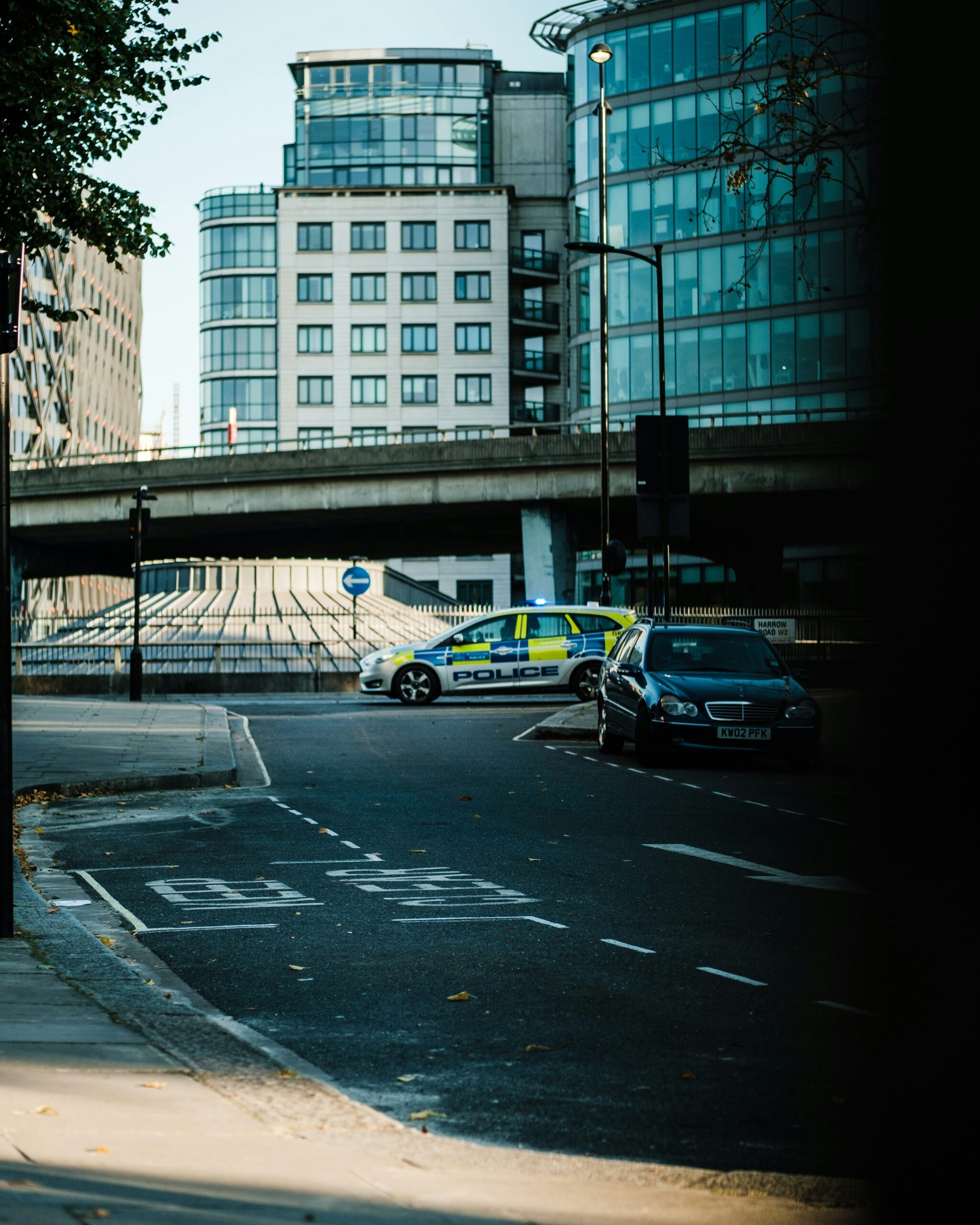;)
Modern policing in the UK is navigating a complex landscape—one shaped by cybercrime, public mental health crises, and heightened public scrutiny. Behind the statistics and headlines are real stories of transformation, challenges, and innovation. Here’s how these trends are reshaping the profession and what they mean for the future of public safety.
From Cybercrime to Safeguarding: Adapting to new realities
Picture this: a retired teacher in a small Midlands town receives a phone call. The voice on the other end sounds official—someone from her bank warning her about fraudulent activity. Within hours, her life savings are gone. This is the human side of cybercrime, which now accounts for over 50% of all reported crimes in the UK.
Online fraud and cyber exploitation have evolved into a digital epidemic, often targeting society’s most vulnerable. Policing these crimes requires advanced skills—from digital forensics to cross-border collaboration—and these demands are stretching the force’s thin blue line. Meanwhile, officers are called upon to manage other crises, such as mental health emergencies. Take the case of a young man in crisis found pacing a bridge late at night; a compassionate officer spent hours talking him down, a role that might have been better suited to a trained mental health professional. This is just one example of the growing strain on police resources, where officers are stepping in to fill gaps left by under-resourced mental health services.
Initiatives like “Right Care, Right Person” aim to redirect such responsibilities to appropriate agencies. Yet, for now, police officers remain the frontline responders, highlighting the urgent need for new strategies, partnerships, and resource planning.
Trust on the Line: Restoring Public Confidence
In a bustling city centre, a protest unfolds. Among the crowd is a mother holding her child and a protestor clutching a hand-painted sign. While most attendees are peaceful, tensions rise, and a few individuals clash with the police. These moments, often captured on smartphones, quickly go viral, shaping public perceptions of policing in an instant.
High-profile cases of misconduct have amplified scrutiny, leaving forces grappling with how to restore trust. More so now than ever before, transparency and accountability are cornerstones of effective policing. Professional Standards Departments, tasked with investigating misconduct, are overwhelmed, but their work is vital in rebuilding the public’s trust and confidence.
Forces are learning that public confidence is about more than just crime statistics. It’s about showing fairness, ethical conduct, and a willingness to own mistakes. As one chief constable recently remarked, “We’re not just judged by what we do but by how we make people feel.”
Balancing Technology and Ethics
Imagine a system that can predict where crimes are most likely to occur tomorrow, allowing officers to be there before they happen. Predictive analytics and AI-driven tools are making this a reality. However, they come with ethical questions. Can we ensure these technologies don’t perpetuate biases or erode privacy?
South Wales Police recently trialled facial recognition at a major sporting event. While it successfully flagged known offenders, the initiative faced public backlash over privacy concerns. This highlights a critical tension: how can forces innovate ethically in the eyes of society? The answer lies in transparency and public dialogue, ensuring communities are part of the conversation about how technology is used.
Specialisation vs. Generalisation: Striking the Right Balance
Picture a small team working tirelessly to protect children from exploitation. Their specialised training makes them experts, but their workload is overwhelming. Meanwhile, frontline officers encounter complex cases but lack the expertise to manage them effectively. This is the dilemma of specialisation versus generalisation.
One force recently experimented with integrating specialist units into broader taskforces. This approach fostered knowledge sharing while maintaining operational flexibility. It’s a model worth exploring further as forces strive to balance expertise with community engagement.
Workforce Challenges: Recruitment, Retention, and Diversity
During a recent recruitment drive, a young woman excitedly joined her local police force, inspired by a childhood dream of making a difference. Three years later, she’s left, citing burnout and a lack of support. She’s not alone. Data from one force reveals that 40% of recruits from the last cohort departed within three years.
This alarming attrition rate underscores the need for better onboarding, mentorship, and mental health support. The Uplift programme has brought new officers into the service, but experience takes time to build. Meanwhile, achieving a diverse workforce remains a challenge. For instance, one force calculated that addressing gender imbalance within five years would require 80% of new recruits to be female—a bold but daunting goal.
Prioritising Mental Health and Well-Being
John Sutherland, a former superintendent, once wrote, “Policing leaves an emotional imprint on every officer.” His words ring true today. Rising rates of PTSD, anxiety, and depression are affecting officers’ ability to serve. Overwork, inefficiencies, and uneven supervision standards only add to the strain.
Some forces are taking proactive steps. The Metropolitan Police’s well-being programme, which includes trauma support and peer-led workshops, has reduced stress-related absences. These initiatives show promise, but a cultural shift is needed to prioritise officer well-being across all forces.
Conclusion: Adapting to a New Era
The stories behind modern policing reveal a profession at a crossroads. Forces must adapt to the growing complexities of crime, rising public expectations, and rapid technological change. By embracing transparency, fostering collaboration, and investing in their people, police forces can build a service that meets society’s evolving needs.
As we look to the future, one question remains: how do we create a policing model that balances innovation with humanity, capability with care? The answer lies in listening—to officers, communities, and the data that shapes our world. Together, we can chart a path toward a more resilient, trusted, and effective police service.
For more insights and updates, stay connected with our ongoing conversations at www.processevolution.co.uk or reach out to us via email at info@processevolution.co.uk
Written by Ali Motion – Principal Consultant